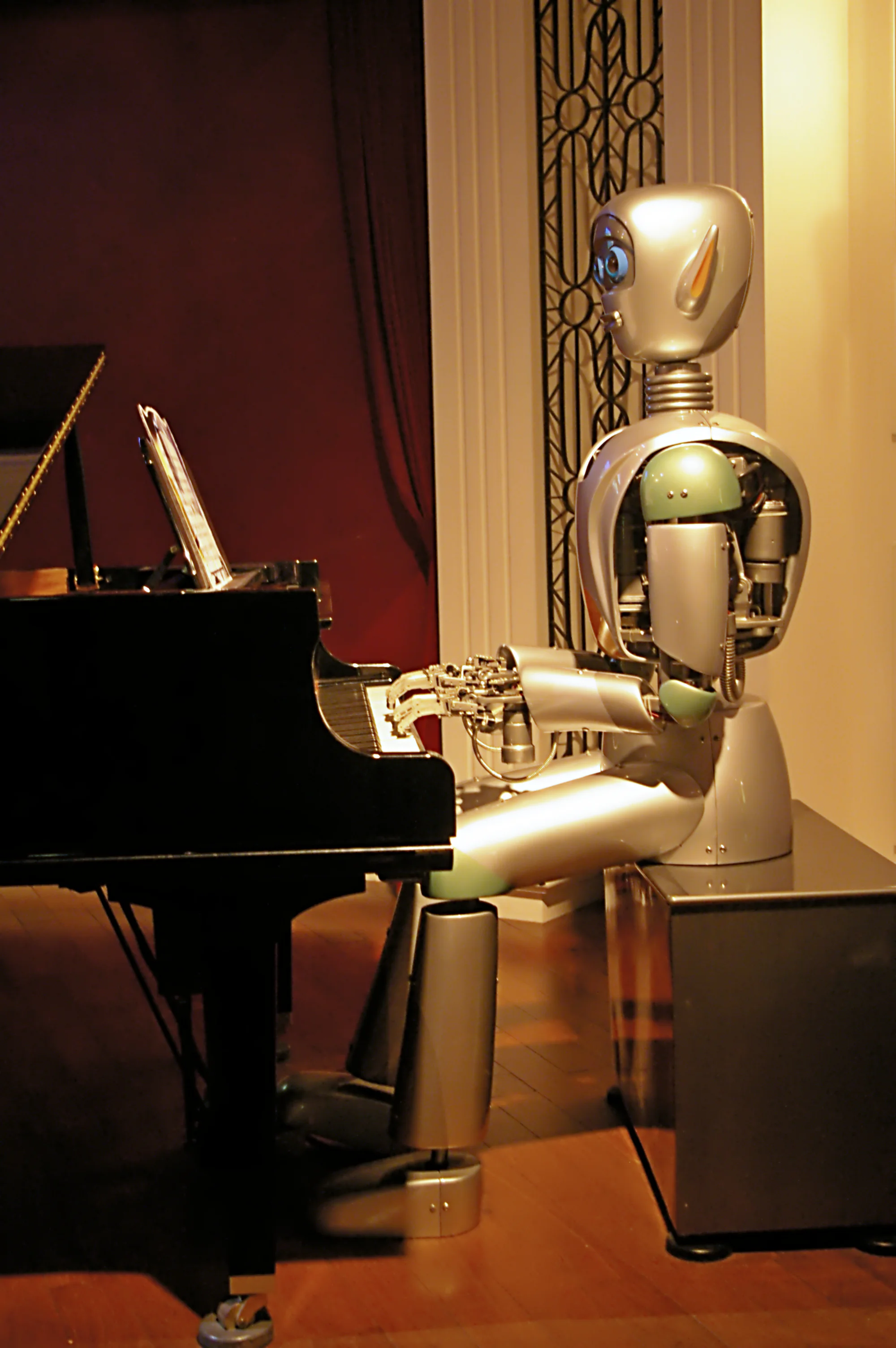Recently, employees in various industries have started wondering if the field of robotics will soon take jobs that are traditionally held by humans. This has prompted many discussions about how industries will adjust to this robot revolution, and the discussion is even extending to the arts. Creativity has long been accepted as a cornerstone of cognition and a hallmark of human behavior, but robots seem to be increasingly present in a variety of art institutions, and these common sense assumptions are being challenged. Below are a couple of examples of how robots are being used by art organizations and how they are integrated in the creation of both visual and performing art.
Robots - Museum Tours Guide
The Anchorage museum in Alaska recently employed a new staff member—who just happens to be a robot! When visitors enter the museum, a robot greets them and takes them on a tour; it can even carry a conversation with visitors, and answer their questions. More interestingly, the robot can be controlled from anywhere around the world and can be used to guide curators and visitors outside the museum. Soon, the museum will hold a contest to name this robot.
Robots as Painters
Scientists are creating robots with algorithms that enable them to paint like humans. The British artist Harold Cohen started this initiative back in 1975 when he created AARON – a software program that paints images. Since then, several projects have been implemented to create such robots around the world. One interesting question raised by Richard Moss: will humans accept robots as painters, and will they ever consider them artists?
Robots as Performers
At the 2016 Grammy Awards, Lady Gaga surprised the audience with a dancing piano robot. As she was performing a tribute to David Bowie, she started playing a keyboard which moved up to meet her hands. The keyboard moved with the rhythms of the song, enabled by two robots attached to the keyboard as its legs. Both robots performed choreographed movements while keeping the keyboard steady for Lady Gaga to still play the piano.
Robots as Art Critics
While some robots are acting as artists, others are now able to critique art. For example Novice Art Blogger is a robot that writes about art and how to conceptualize it. The robot explains this processes by saying “I try my best to decode abstract art using state-of-the-art deep learning algorithms, I sometimes see things hidden in noise.” Thanks to cognition skills and an understanding of aesthetics, human beings are able to critique art, but scientific and technological advancements have enabled machines and systems to act increasingly like the human brain.
The examples above illustrate the rise of robots within the arts. Robots can be found in museums, in visual art studios, and performing venues. Not only that, but they are also becoming art critics. How will these new applications of technology affect the job market in the arts industry? Is it possible that robots will be considered artists as humans? Will robots be able to curate exhibitions? Will we have robot dance crews in the future? Only time will tell.
All Images are licensed under Creative Commons, no changes are made.




